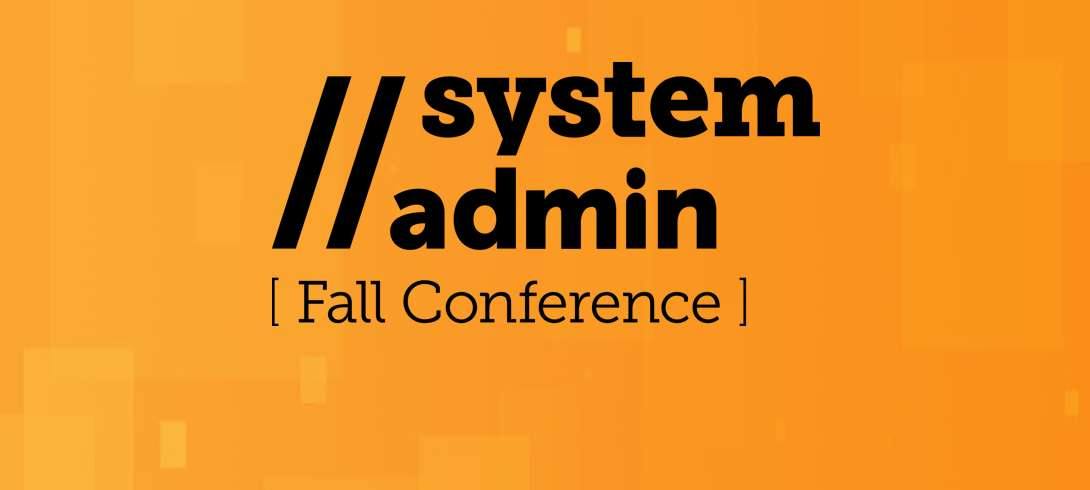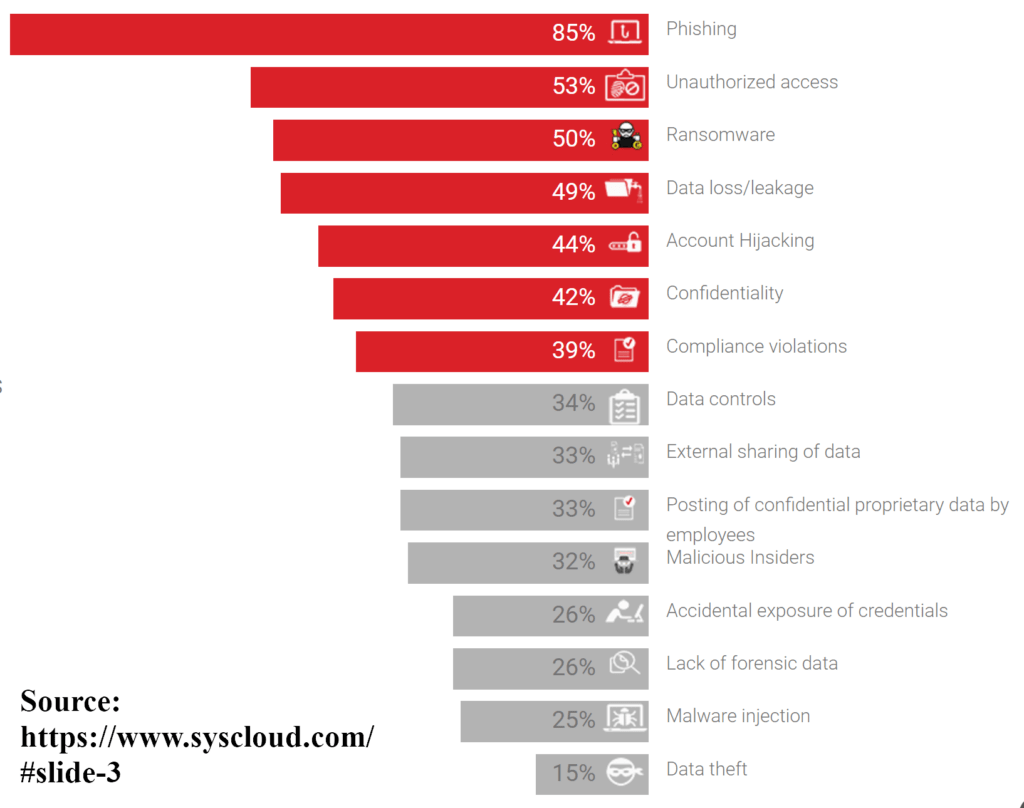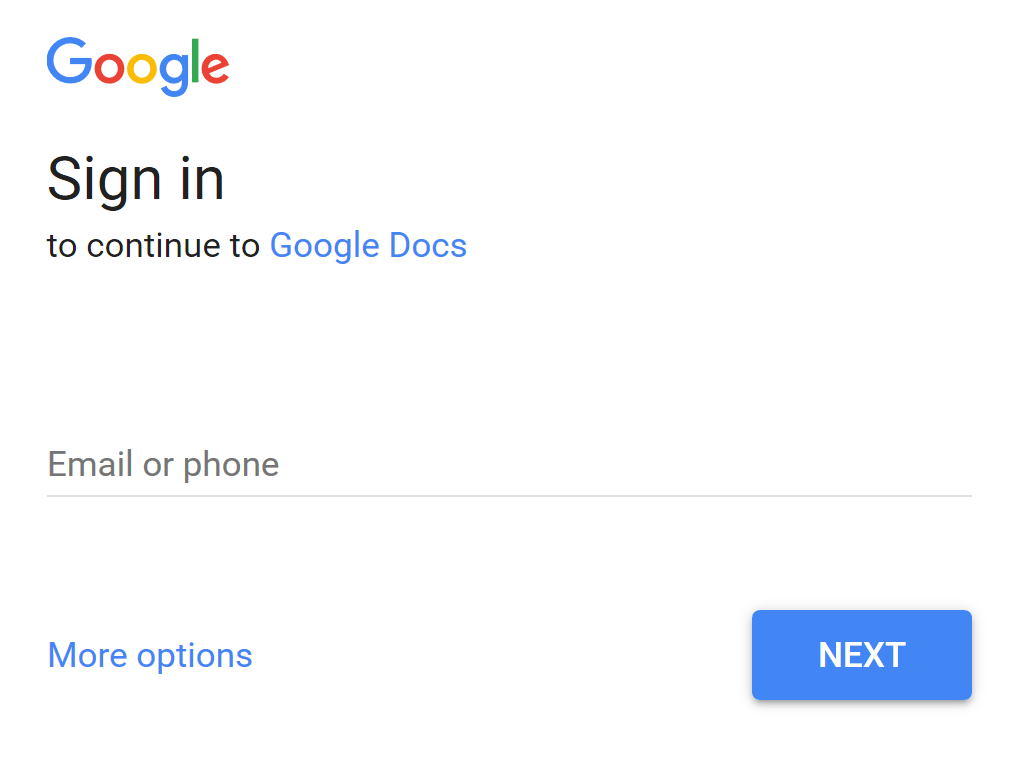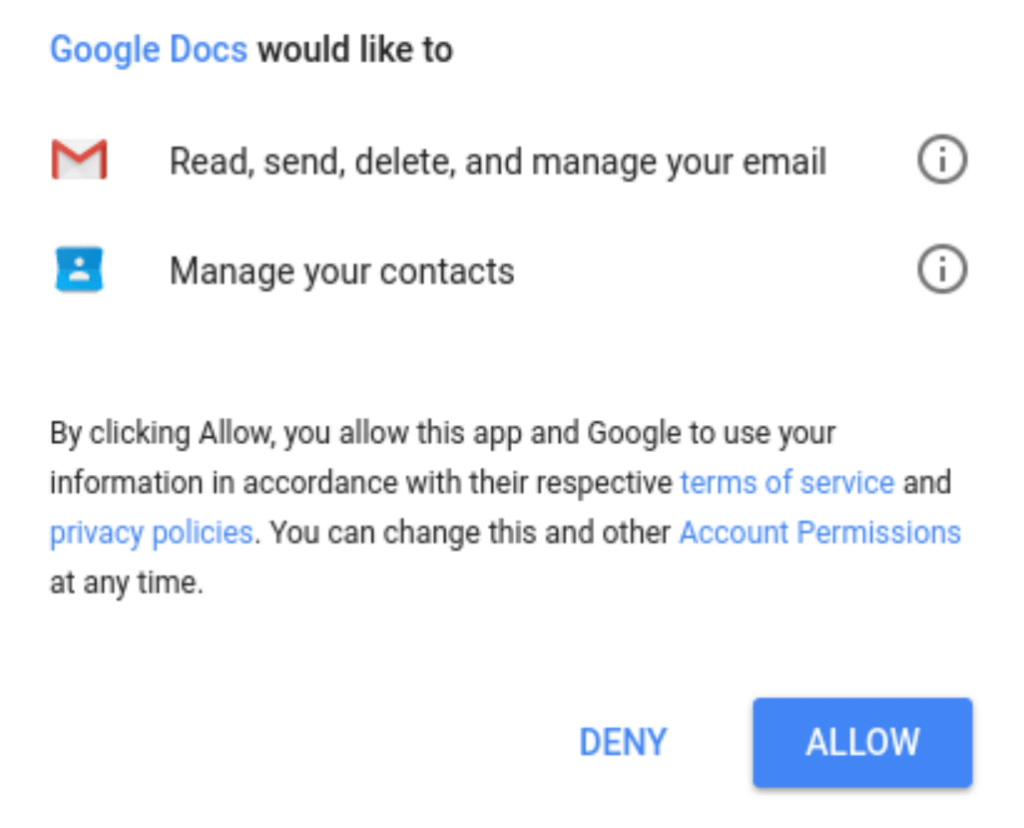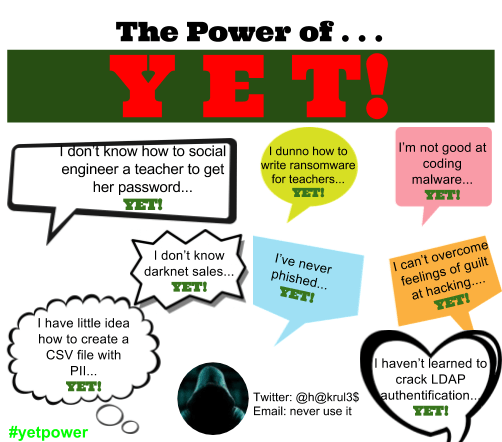Stay informed on cybersecurity in education. Discover tips, tools, and strategies to protect schools, educators, and students online.
If you are like many system administrators or technical support staff in districts, finding relevant professional development is hard and expensive. You either attend something that has no impact on your role or use a subscription to an online training service and watch mediocre videos…until now! The TCEA System Administrator and Technical Support Conference is designed just for you, covering common technical issues in your district and helping you find effective solutions that have been tried by other districts.
![]() Join us on October 26 and 27 at the TCEA Headquarters in Austin for sessions on hot topics such BYOD management, end-user technical support, security, Chromebooks, emerging technologies, network/wireless management, and more. Check out the full list of sessions being offered and start planning which ones you will attend. Intensive learning will be packed into this day-and-a-half conference.
Join us on October 26 and 27 at the TCEA Headquarters in Austin for sessions on hot topics such BYOD management, end-user technical support, security, Chromebooks, emerging technologies, network/wireless management, and more. Check out the full list of sessions being offered and start planning which ones you will attend. Intensive learning will be packed into this day-and-a-half conference.
Here are just a few of the many sessions being offered:
- Exploring Eduphoria’s Facilities and Events
- Amplified Google for Education
- Optimizing Your Wireless Network
- Understanding and Implementing the CoSN/NIST Cybersecurity Framework in Your District
- Mitigating Student-Caused Damage to Devices
- Disaster Routing SIP Trunking Voice Services
- Re-purposing Laptops and Desktops
You’ll also be able to network with other like-minded individuals in order to grow your professional learning network of technical support folks you can call on throughout the school year when you are planning a new deployment/upgrade or when problems arise. And lunch on the first day is provided!
Because you work hard to make sure that systems (hardware, software, connectivity, etc.) work as efficiently as possible to allow the rest of district employees to do their job well without thinking about the technology, you will find great value in attending the 2017 System Administrator and Technical Support Conference. So grab your co-workers and register today. You’ll be glad you did!

